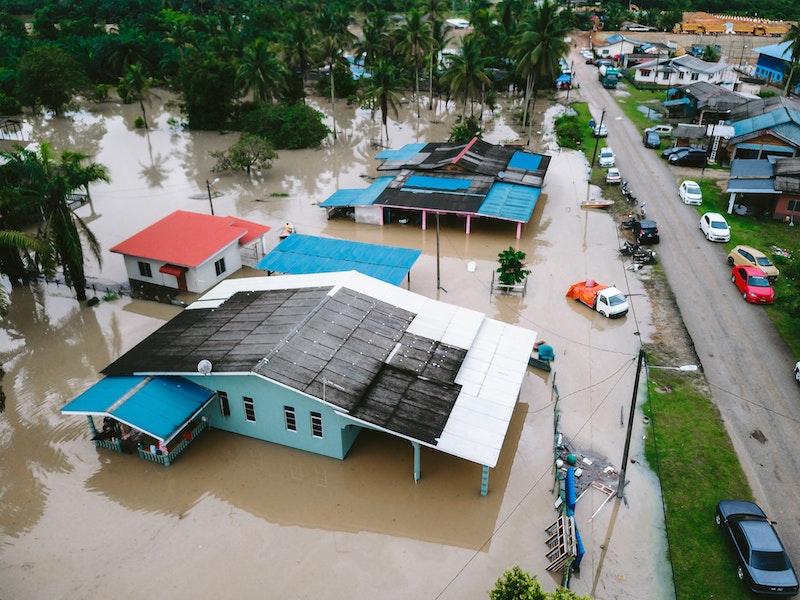
6, Jan 2023
Avoiding Flood Damage to Your Home With Landscaping
You’ve spent a lot of effort to keep your house beautiful. However, a torrential downpour can quickly sludge away all your efforts. Sometimes, rain, and the occasional thunderstorm, may occur on any given day, according on where you are in the country. You are probably familiar with dealing with these types of weather out of season. In this case, you may know how to prepare your yard best.
However, suppose you have recently bought a house, relocated to another city or state, or haven’t experienced the weather that this one has. In that case, you need to know how to prepare your backyard for floods.
Flood Prevention Through Landscaping
Most homeowners are likely worried about the possibility of flooding in their houses. But it is optional for the need to make expensive changes to your foundation or an expense-intensive waterproofing solution. Soak up some sunshine and do some work while you study how landscaping techniques can redirect water flow away from your property.
1. Rain Garden
They are low-lying landscaping features that divert water from your lawn and driveway. They’re constructed using an altered soil mix. The mix comprises sand, compost, and the current topsoil. This mix permits the water to drain quickly and evenly across the surface.
Rain gardens can be planted anywhere in a backyard. They are often found near the property’s edges, near the road. Plants requiring little care and care are utilized to decrease erosion and runoff rates.
For property damage solutions, you can click here to continue and connect with a trusted restoration company.
2. Native Plants
What you plant in your yard is just as important as how you plant it. Plants native to the area serve as a natural barrier against greasy residues and runoff. Additionally, they tend to be more robust and drought-resistant.
Due to their more extensive root systems, plants are better equipped to absorb and filter contaminated water before it can seep into the soil. Also, your garden will be cleaner and more beautiful because of the more beneficial pollinators attracted by native plants.
For other property damage, you can search online and type in “restoration services near me” on your search bar and check the best results available in your area.
3. Grade
One of the essential landscaping guidelines to prevent floods in basements is to level away from your home. Before planting seeds or laying sod, you’ll need to ensure the soil is leveled off from your house. This gentle slope, coupled with grass’ inherent ability to absorb water, makes for a low-maintenance and excellent method for controlling floods.
Constructing walls or a barrier between your garden and the siding plot is essential if you plan to develop or improve the area around your home. A trench should be dug and filled with stones to keep water from getting in.
For severe water damage, you can ask the aid of a water damage restoration provider in your area.
4. Trenches and French Drains
Many houses have hardscaped trenches, French drains, and a fence along the garden bed. Building a dry creek bed within the backyard’s middle made of river rock and then grading the area away from home is a more straightforward option.
The landscaping of modern homes generally includes French drains or perimeter drains. Trenches, paved with tile and rocks, extend from the property’s edge under the lawn. They redirect water away from your property using PVC pipes and decrease the water in your yard.
5. Gutters and Downspouts
Make sure you clean your gutters often if you haven’t done so already. It collects right next to it if the water isn’t flowing away from your foundation because gutters are clogged with leaves and other debris.
Downspouts can be easily removed from their appropriate locations on the property. Pooled water can cause structural damage if not removed from the building’s base. Downspouts must be checked regularly and then redirected if needed. Additionally, having a drainage area that the downspouts run through and filling it up with gravel or river rock can assist in slowing the process of water absorption into the soil.
- 0
- By deerhorncapital






